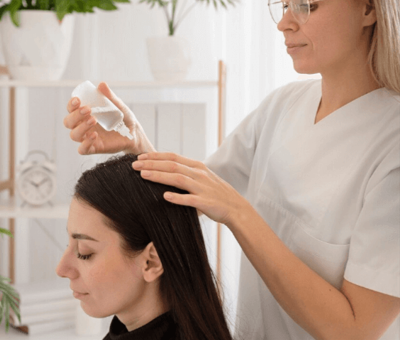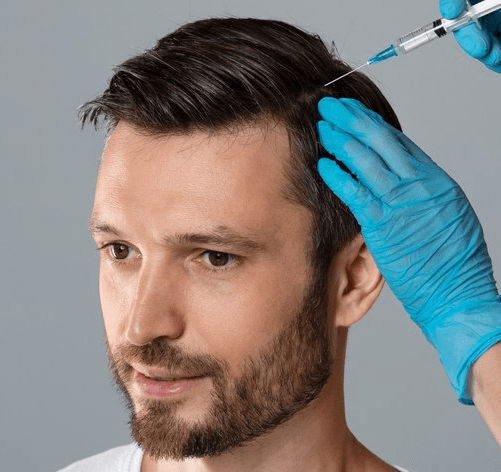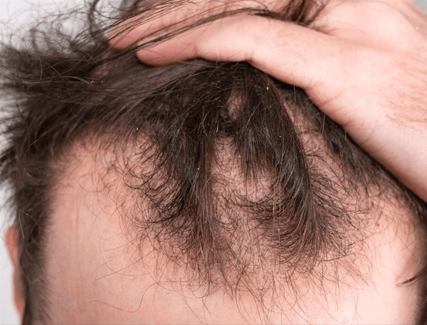Evidence-Based Insights from Korean Dermatology Experts
Botox (botulinum toxin type A) is a well-established treatment for hyperhidrosis, or excessive sweating. From the underarms to the palms, soles, face, and even the scalp, Botox works by temporarily blocking the nerves that signal sweat glands, leading to significant sweat reduction.
But just how effective is it? In South Korea—one of the leading countries in cosmetic and dermatological innovation—clinical studies and patient outcomes have confirmed impressive success rates.
Let’s explore what Korean studies reveal about the efficacy of Botox for hyperhidrosis, broken down by treatment area, duration, and patient satisfaction.
📊 Overall Success Rate: 85–95% Sweat Reduction
Korean clinical trials and dermatology centers report that Botox can reduce sweat production by 85% to 95% in the treated area.
✅ Key Highlights:
- Rapid onset: Results often begin within 3–7 days after injection
- Peak effect: Achieved within 2 weeks
- Duration: Most patients stay sweat-free for 4–6 months
- Repeat satisfaction: Over 90% of patients return for maintenance sessions
🧑⚕️ “Botox has revolutionized non-surgical hyperhidrosis care in Korea. It provides consistent, localized relief with minimal downtime.”
— Dr. Han So-Min, Dermatologist, Seoul Aesthetic Clinic
🧪 Korean Clinical Studies: By Treatment Area
🔹 1. Underarm Hyperhidrosis (Axillary)
- Success Rate: 95% improvement in sweat reduction
- Duration: 5–6 months
- Study Insight: A study published in the Korean Journal of Dermatology (2021) followed 60 patients with axillary hyperhidrosis. 93% reported “very satisfied” or “satisfied” results.
- Complications: Minimal; occasional mild bruising or temporary underarm sensitivity.
🔹 2. Palmar Hyperhidrosis (Hands)
- Success Rate: 80–90%
- Duration: 4–5 months
- Korean Study: A 2022 study at Gangnam Skin & Nerve Hospital showed an average sweat reduction of 82% in palmar patients.
- Note: Temporary hand weakness can occur in 5–10% of cases, but this is usually mild and resolves within weeks.
🔹 3. Plantar Hyperhidrosis (Feet)
- Success Rate: 75–85%
- Duration: 3.5–5 months
- Challenge: Slightly lower comfort level due to injection sensitivity, but still high satisfaction when performed with topical anesthesia.
🔹 4. Facial/Forehead Hyperhidrosis
- Success Rate: 85–90%
- Duration: 3–4 months
- Clinical Note: Botox must be administered with extreme precision to avoid affecting facial expressions. Korean dermatologists are known for their advanced facial mapping techniques, which maximize results with minimal side effects.
🔹 5. Scalp Sweating
- Success Rate: 80–90%
- Duration: 3–4 months
- Study Insight: According to a small cohort at Seoul National University Hospital, patients reported an average sweat reduction of 85%, with high satisfaction among those in professional settings like broadcasting or public speaking.
🙋♂️ Patient Satisfaction in Korea
Across Korean clinics, Botox for hyperhidrosis boasts some of the highest satisfaction scores among non-surgical dermatologic treatments.
🔎 Based on patient surveys:
| Metric | Average Korean Patient Score |
|---|---|
| Sweat reduction | ★★★★★ (4.7/5) |
| Pain tolerance | ★★★★☆ (3.8/5) |
| Confidence boost | ★★★★★ (4.8/5) |
| Willingness to repeat | ★★★★★ (95% said yes) |
Patients cite the immediate lifestyle improvement, such as wearing light clothing, shaking hands, and social comfort, as major benefits.
🔁 Repeat Treatment Success
Repeated sessions of Botox do not diminish in effectiveness, according to long-term follow-up studies in Korea. In fact, sweating may decrease more gradually over time, even as the Botox wears off, possibly due to:
- Atrophy of overactive sweat glands
- Neuromodulation of sweat nerve activity
🛡️ Safety & Side Effects: Low Incidence
Botox for sweating is extremely safe when performed in accredited Korean clinics. Side effects are rare and usually mild.
| Possible Side Effects | Occurrence |
|---|---|
| Temporary bruising | 10–15% |
| Minor swelling or redness | 5–10% |
| Muscle weakness (hands/feet) | 5–7% |
| Headache (facial/scalp) | <2% |




